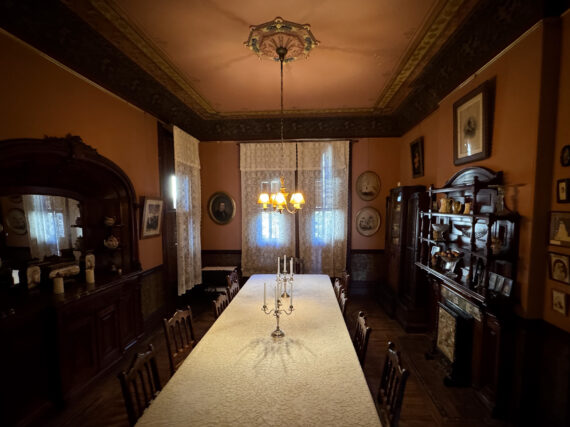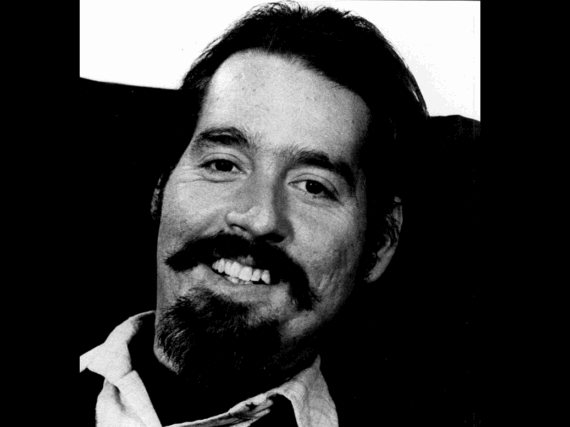Emeryville is a tiny town – less than 2 square miles. It’s nestled between Oakland and Berkeley, right at the foot of the Bay Bridge, and most people probably think of it as a place to go shopping. Two major freeways cut through Eville and from your car, while you’re inevitably sitting in traffic, you can see giant signs for Ikea, Target, and Bay Street mall. If you’re not from the Bay Area, you might know it as the home of Pixar.
This era of Emeryville as a mecca of cartoons and commerce is relatively new. A generation ago, the landscape looked drastically different. Media often described it as an “industrial wasteland” due to the toxic pollution left behind by factories that fled in the 1970s and 80s. It was also known as a place where corruption festered during the reign of an allegedly corrupt police chief who “ruled the town with an iron fist,” according to former city manager Joe Tanner.
Flash forward to 2024 and Emeryville’s brand new mayor Courtney Welch, the first Black woman to hold that position, can legitimately claim that the town is “having a bit of a renaissance.” Brand new parks, apartments, and shops now occupy land that was littered with junked cars, rusty warehouses, and crumbling buildings. Taking notice of this transformation, I wrote about some of my favorite things to do in Emeryville recently for SF Gate and the article got a huge response. So, since a lot of people seem to be checking out Emeryville for the first time, I though it would be a good opportunity to look back at Emeryville’s history and ask some important questions…
Like: How did it become such a hell hole in the 80s? How did it transform so radically since then? Why does this extremely unique tiny little town even exist? Spoiler alert: The answers to all these questions are pretty crazy. There’s a good reason why former Supreme Court Chief Justice Earl Warren famously called Emeryville “the rottenest city on the Pacific Coast.”
Today’s episode features interviews with Rob Arias, publisher of The Eville Eye community news site, and creator of the Emeryville Historical Society’s new Park Avenue District walking tour; and also Joe Tanner, who served as Emeryville’s city manager in the 1980s. Listen now via Apple, SoundCloud, Spotify, or wherever you get podcasts. [Note: To hear my previous episode about the history the “Emeryville shellmound” and battles over Ohlone sacred sites, click here.]


This episode is sponsored by UCSF Benioff Children’s Hospitals. For over a century, UCSF Benioff Children’s Hospital Oakland has upheld a long legacy of providing essential healthcare for kids and families across the East Bay. Today, UCSF is continuing the tradition of care by making a major investment which includes a new hospital building that will expand critical treatment options for those that need it most. To learn more about the future of UCSF Benioff Children’s Hospital Oakland, click here.
East Bay Yesterday can’t survive without your donations. Please make a pledge to keep this show alive: www.patreon.com/eastbayyesterday. You can also support East Bay Yesterday by purchasing the official t-shirt or hat from Oaklandish.




